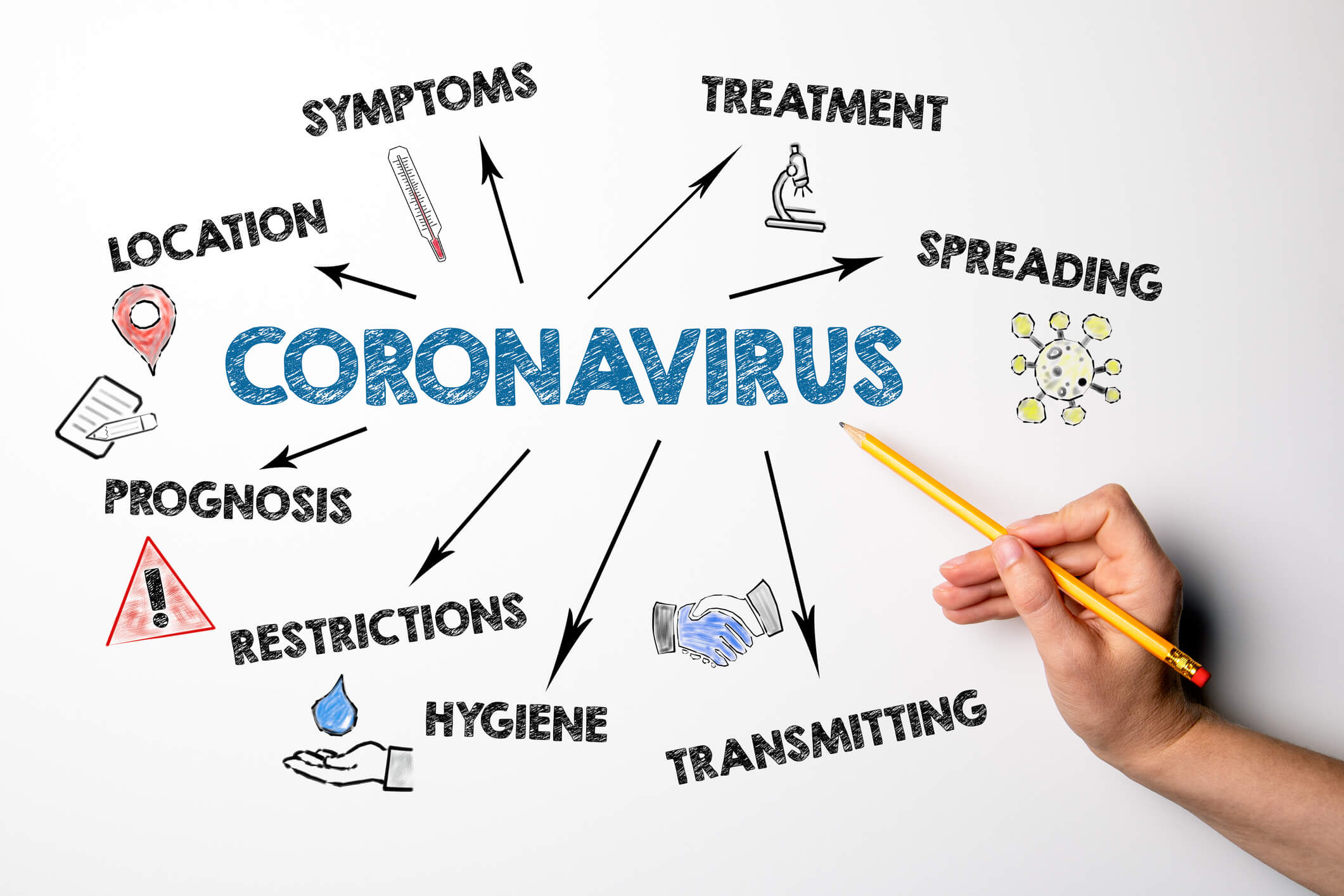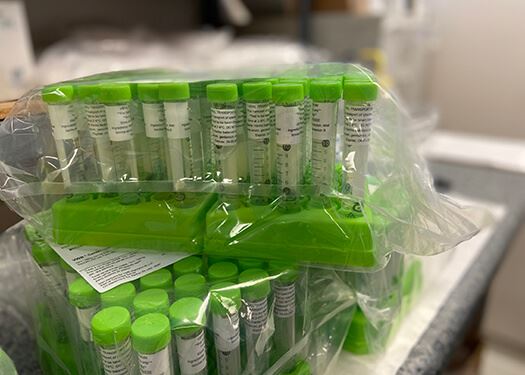Coronavirus Update and Health System Preparations - 4/9
- Category: Coronavirus
- Posted On:

To protect patient privacy, we have established a minimum threshold of five for reporting numbers of inpatients with laboratory-confirmed cases of COVID-19.
DCH internal counts as of noon on 4/9/20:
- 8 inpatients are being treated for COVID-19.
- Five or fewer inpatients who are positive for COVID-19 are being treated in the ICU.
- Five or fewer inpatients who are positive for COVID-19 are on ventilators.
- 99 (cumulative) have tested positive for COVID-19 including individuals from the ED, triage tent and inpatient. These individuals are not necessarily in the hospital.
- 2,267 (cumulative) have tested negative at DCH sites.
Screening Weekend Hours
DCH’s remote screening site just west of its Regional Medical Center will be open this Saturday from 8:30 a.m. – Noon. The screening site will be closed on Sunday in observance of Easter.
UA Continues to Support DCH with Fighting COVID-19 Several departments from the University of Alabama have been supporting DCH’s COVID-19 testing effort with the production of face shields. Now, UA’s Department of Biological Sciences is lending a helping hand as well by producing viral transport media (VTM) so that the stability of patient samples collected at DCH is maintained during transport.
Several departments from the University of Alabama have been supporting DCH’s COVID-19 testing effort with the production of face shields. Now, UA’s Department of Biological Sciences is lending a helping hand as well by producing viral transport media (VTM) so that the stability of patient samples collected at DCH is maintained during transport.
There are two main components to most swab samples. First, the swab is used to collect the specimen from the individual. Once a sample is taken, the swab is then broken off into a tube, sealed and prepared for transport. Inside the tube is a solution that helps preserve the specimen until it can be tested. It is called different things such as universal transport media or viral transport media. The contents of the solution vary depending on the equipment to be used but often include protective protein, antibiotics to control microbial contamination and buffers to control pH. Like swabs, transport media have become increasingly hard to come by.
Dr. Carol Duffy, in UA’s Department of Biological Sciences, offered to create a batch of VTM using the CDC’s protocol. She recently completed a batch of 800 tubes of VTM so that DCH can transfer the specimens.
Thank you Dr. Duffy, and everyone at UA, for your continued support. Roll Tide!


